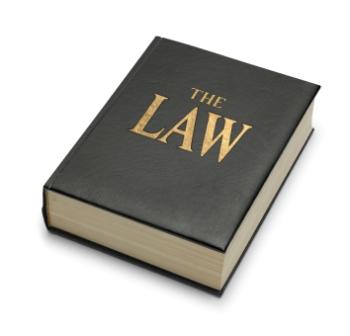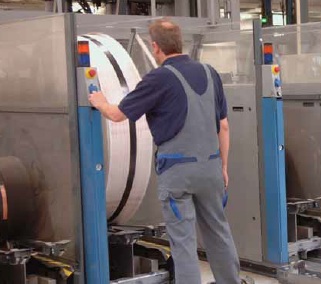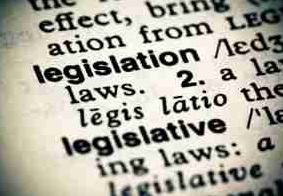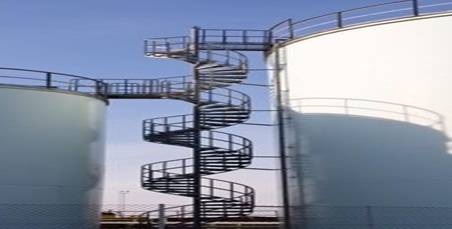Fire
Construction firm fined €40,000 after workers sustain serious burn injuries
The safest way to deal with fire is to prevent it.
Fire poses a significant risk in the workplace. The Health & Safety Authority has a role in monitoring employers' management of fire risk. Much responsibility for fire safety rests with the Local Authority.
Back to top
Health and Safety Legislation
The Safety, Health and Welfare at Work Act 2005 (the 2005 Act) states that employers must ‘ensure, so far as is reasonably practicable, the safety, health and welfare at work of his or her employees’. The person in control to any extent of the workplace should ensure a safe workplace, safe access, safe egress and safe articles or substances.
| Section 8 of the 2005 Act also requires employers to obtain, where necessary, the services of a competent person. A definition of competent person is in Section 2(2) of the 2005 Act. – a competent person should possess sufficient training, experience and knowledge having regard to the task and the size or hazards (or both) of the undertaking. Suitability must be assessed in the light of the specific intended functions. The competent person should demonstrate knowledge of current best practice in the sector and be prepared to supplement gaps in training. The appointment of a competent person does not absolve the employer of his or her responsibilities under the legislation. |  |
Section 11 of the 2005 Act states that employers are required to prepare and revise adequate emergency plans and procedures and provide the necessary measures for fire fighting and the evacuation of the workplace. Consideration for all employees and anyone connected with the workplace must form part of how an employer addresses the area of safety health and welfare and specifically the provision of emergency access and egress.
Section 12 of the 2005 Act clarifies that consideration must also be given to the safety of persons other than employees within the workplace. Everything reasonably practicable must be done to ensure that all individuals at the place of work are not exposed to risks to their safety and health. In addition section 15 places obligations on landlord’s who own (but are otherwise unconnected) with a workplace to ensure that there is safe access and egress from the place of work.
Under section 19 of the 2005 Act, employers are required to carry out risk assessments and to record these in the Safety Statement. A fire safety risk assessment should be conducted and should include
Sections 8, 9 and 10 of this 2005 Act require that sufficient information, training and supervision is provided to ensure the safety of employees, and also that such instruction, training etc. must take account of any employees with specific needs, to ensure their protection against dangers that may affect them.
 | The Workplace Chapter of the Safety, Health and Welfare at Work (General Application) Regulations 2007 (the General Application Regulations) has fire safety requirements, e.g. Regulation 11 Doors and gates, Regulation 12 Emergency routes and exits, Regulation 13 Fire detection and fire fighting, Regulation 18 cleanliness and accumulations of waste and Regulation 25 Employees with disabilities. |
 | The Children and Young Persons Chapter of the General Application Regulations has a requirement for risk assessment specifically for children and young persons in Regulation 144. |
 | The Electricity Chapter of the General Application Regulations has various requirements relevant to fire safety. |
 | The Safety Signs Chapter of the General Application Regulations has requirements for fire-fighting equipment, emergency escape signs and fire-fighting signs. |
 | The Work Equipment Chapter of the General Application Regulations has fire safety requirements for the use of work equipment (Regulation 28) and the safety of self-propelled work equipment (Regulation 40). |
 | The Personal Protective Equipment Chapter of the General Application Regulations has provisions in relation to hot work and the use of personal protective equipment (Regulation 63 Schedule 2(a)(6)). |
 | There are detailed requirements for accident and dangerous occurrence reporting. |
 | For construction works, there are fire safety requirements in the Safety, Health and Welfare at Work (Construction) Regulations. |
 | The Control of Major Accident Hazards Involving Dangerous Substances Regulations (COMAH Regulations) deal with the prevention of major accidents where significant quantities of substances with oxidising, flammable or explosive properties are stored. Operators of about 90 such establishments in Ireland have duties (with some exclusions). |
In addition to occupational safety and health legislation, there is also a significant body of other legislation governing fire in all (non-work and occupational) situations. This legislation is generally enforced by the local authority fire officers.
Back to top
Guidance and Standards
Fire detection, emergency lighting and emergency egress must also be addressed. Two standards from the National Standards Authority of Ireland (NSAI) deal with the issues of Emergency Lighting (I.S. 3217) and Fire Alarm Installation (I.S. 3218).
Technical Guidance, e.g. BS 9999-2008 and BS5588, also give much relevant guidance on fire risk.
Back to top
Land and Forest Fires
The Forest service has produced a 4 page synopsis and a Prescribed Burning Code of Practice.
In the 20 years up to 2010, 250 to 300 hectares of forest (public and private) was destroyed annually. In 2010, the fire loss total jumped to 1,500 hectares. The causes of most forest fires lie outside the forest boundary. The main causes of forest fires are a) illegal/ inappropriate burning, b) carelessness, and c) malicious acts.
The main fire risk season is February to June. March and April are the most critical months. Upland areas are a particular concern. A map showing the distribution of detected fires over several years is shown at slide 19 of Forest Fire- Cause and effects - Ciaran Nugent.pdf
Under the Wildlife Act 1976 (as amended) it is illegal to burn growing vegetation on land not then cultivated, between 1st March and 31st August in any year. Under the Wildlife Act, 1976 (as amended), if someone intends burning within one mile of a forest which they do not own, they must notify the local Garda Station and the forest owner (who has the right to object by counter-notice) at least 7 days in advance in writing.
See the Forest service website for detailed advice and guidance.
Back to top
For Further Information
Back to top
Go to